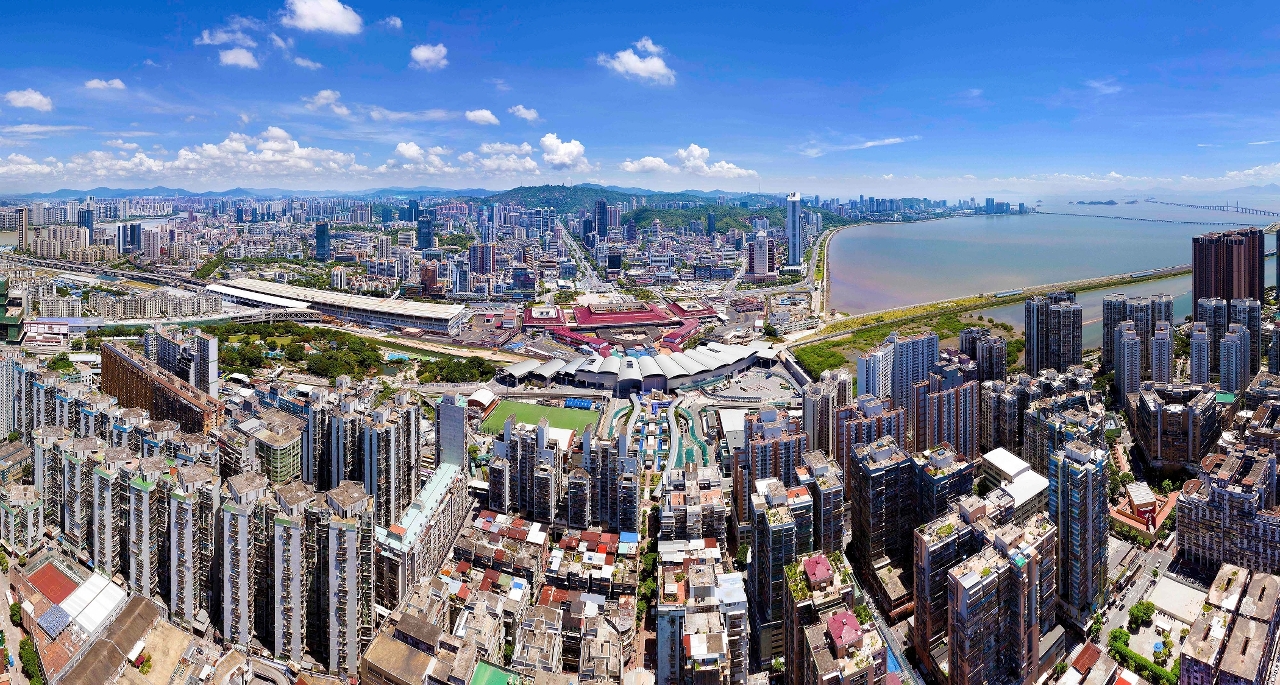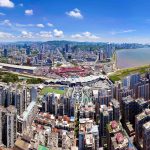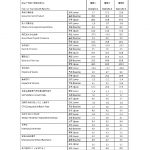 UM has released the Macroeconomic Forecast for Macao 2023
UM has released the Macroeconomic Forecast for Macao 2023
The University of Macau (UM) Centre for Macau Studies (CMS) and Department of Economics have released the Macroeconomic Forecast for Macao 2023, estimating that the economy will grow between 20.5% and 44.1%; exports of services will grow between 35.2% and 82.8%; and the final revenue of the Macao SAR government will remain at around MOP 55.4 billion to MOP 66.1 billion, in 2023. Macao's economic recovery is also expected to be more obvious, especially in the second half of the year.
Based on three different scenarios, the research team has obtained the following forecasts: the baseline forecast of Gross Domestic Product (GDP) growths are 20.5%, to MOP 211.8 billion (47.7% of 2019’s level), in Scenario 1; 36.5%, to MOP 240 billion (54.0% of 2019’s level), in Scenario 2; and 44.1%, to MOP 253.3 billion (67.0% of 2019’s level), in Scenario 3, respectively (real growth rate, all absolute levels calculated in chained (2020) dollars). The baseline forecast of growths in the exports of services are 35.2% in Scenario 1, 64.9% in Scenario 2, and 82.8% in Scenario 3, respectively. The Macao SAR government’s current revenue in 2023 is expected to be MOP 55.4 billion in Scenario 1, MOP 62.8 billion in Scenario 2, and MOP 66.1 billion in Scenario 3, respectively.
In 2022, the economy of Macao continued to shrink as a result of the impact of the pandemic and epidemic prevention policies. In the first quarter, the year-on-year GDP fell by 10.5%. Following the relatively large-scale emergence of infection cases in the local community in mid to late June, the year-on-year GDP collapsed by 39.0% in the second quarter, returning to the level of the second quarter of 2020. From mid-June to July 2022, subject to the influence of the implementation of lockdown measures, the year-on-year GDP decreased by 33.4% in the third quarter.
As Macao has adjusted its epidemic prevention policies in December 2022, visitor arrivals are expected to increase in 2023. However, there are differences in the adaptability of the Macao society and the willingness of foreigners to visit Macao. In response to these differences, the research team has made three different scenario assumptions. Scenario 1 has more cautious assumptions: visitor arrivals are assumed to be 2.07 million in the first quarter (20% of 2019’s level), 2.48 million in the second quarter (25% of 2019’s level), 2.98 million in the third quarter (30% of 2019), and 3.22 million in the fourth quarter (35% of 2019’s level). Scenario 2 has more optimistic assumptions: visitor arrivals are assumed to be 3.11 million in the first quarter (30% of 2019’s level), 3.97 million in the second quarter (40% of 2019’s level), 4.96 million in the third quarter (50% of 2019’s level), and 5.52 million in the fourth quarter (60% of 2019’s level). Scenario 3 is even more optimistic when compared to Scenario 2, considering that visitor arrivals in the second half of 2023 will grow faster: visitor arrivals in the first and second quarters are assumed to be the same as in Scenario 2, while visitor arrivals in the third quarter and the fourth quarter are assumed to be 6.94 million (70% of 2019’s level), and 7.36 million (80% of 2019’s level), respectively. The above scenarios all assume that there will be no major changes in the epidemic situation that will lead to rapid policy adjustment.
Based on the above three scenarios, the forecasts of major economic variables are as follows:
- The baseline forecast of GDP growths are 20.5%, to MOP 211.8 billion (47.7% of 2019’s level), in Scenario 1; 36.5%, to MOP 240 billion (54.0% of 2019’s level), in Scenario 2; and 44.1%, to MOP 253.3 billion (67.0% of 2019’s level), in Scenario 3, respectively.
- The baseline forecast of growths in the exports of services are 35.2% in Scenario 1, 64.9% in Scenario 2, and 82.8% in Scenario 3, respectively.
- The baseline forecast of growths in private consumption expenditure are 6.3% to 6.5%.
- The baseline forecast of growths in total gross fixed capital formation are 2.4% in Scenario 1, 4.6% in Scenario 2, and 5.0% in Scenario 3, respectively.
- The inflation rate measured by GDP deflator is expected to rise by 1.6% to 1.7%, and consumer price is expected to increase by 1.7% to 2.0%.
- Median monthly employment earnings are expected to increase by 1.1% in Scenario 1, 2.0% in Scenario 2, and 2.1% in Scenario 3, respectively.
- Unemployment rate is projected to be 4.0% in Scenario 1, 3.8% in Scenario 2, and 3.7% in Scenario 3, respectively. The unemployment rate for local residents is expected to be 4.9% in Scenario 1, 4.7% in Scenario 2, and 4.5% in Scenario 3, respectively.
- The Macao SAR government’s current revenue in 2023 is expected to be MOP 55.4 billion in Scenario 1, MOP 62.8 billion in Scenario 2, and MOP 66.1 billion in Scenario 3, respectively.
Macao has finally reopened after nearly three years of implementation of epidemic prevention and control measures. However, there will still be many challenges on the road to economic recovery. The labour market is likely to be affected by lag effects of the pandemic in the short term and they will hinder the growth of tourism-related industries. In general, due to the low base effect in 2022, it is expected that Macao's economic recovery (especially in the second half of the year) will be more obvious this year.
About the Macroeconometric Structural Model of Macao
The Macroeconometric Structural Model of Macao is a quarterly simultaneous-equations econometric model which covers seven aspects of Macao’s economy: consumption, investment, the external sector, prices, government, the labour market, and the monetary sector. It includes 89 equations and 296 variables. Time series data start from the first quarter of 1998 and is updated once new data are available. Its results provide the community with a timely understanding of the state of Macao’s economy and support prudent decision-making. The model was founded by late Prof Sir James Mirrlees, winner of the Nobel Prize in economic sciences and honorary doctor of social sciences of UM, as well as faculty members in the Department of Economics of UM. Members of the research team include Dr Chan Chi Shing, adjunct lecturer in the CMS; Prof Ho Wai Hong, associate professor in the Department of Economics; and Prof Kwan Fung, assistant professor in the Department of Economics.



